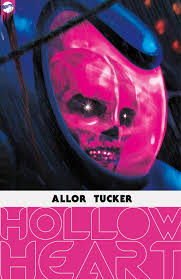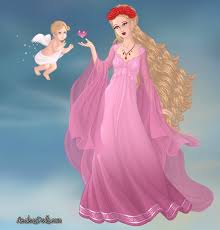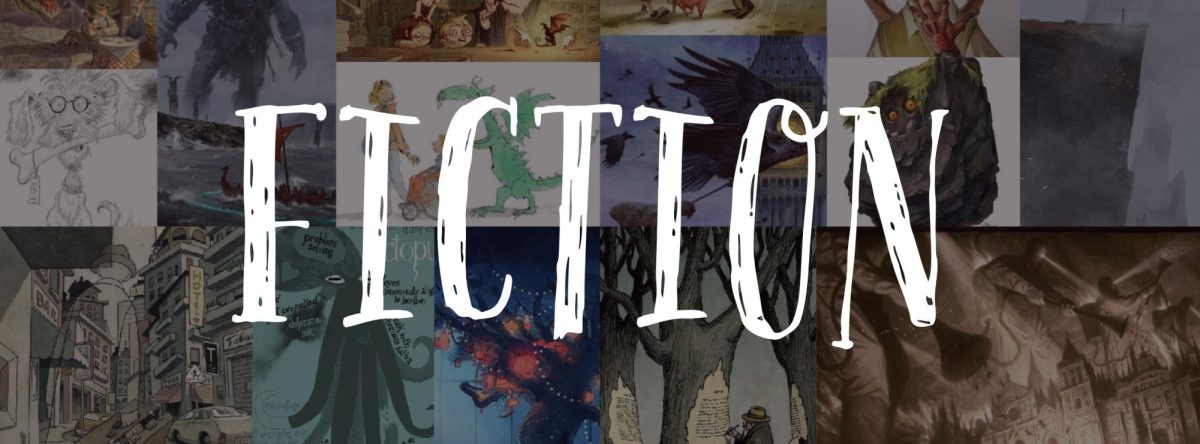Doomsday: a cultural phenomenon
According to a lot of different cultures, we are already supposed to be dead by now. And if you think that’s frank, you should take a look at how these cultures predicted we were going to die. Every culture or religion has its own prediction on when the world is going to end, whether it be on a specific date or due to an impending event.
A few years before I was born, the “Millennium Bug” was in full swing. The entire world was in a state of terror. Every computer software before the year 2000 was using a two-digit code that represented each year. For example, 1991 was represented with a ‘91’. The ‘19’ at the beginning of each year was understood. However, once the year 2000 came around, the computers would understand it as the year ‘1900.’ Computer engineers were in constant fear that computers used for controlling radioactivity levels in nuclear power plants would become unsustainable. They also worried that day to day technologies used for simple but necessary tasks would fail. Luckily, nothing completely catastrophic happened, but we came very close.
In one of the most practiced religions today, Christianity, the end of the world is talked about in the Bible in the book of Revelation. It is described as “Armageddon” which is further explained as the final battle between God and Satan. It is often interpreted by Christians as the end of the world. The fight between “good and evil” also shows up in many other cultures and religions. For example, in Hinduism, the end of the world is described as a battle between their god Vishnu (in the form of a white horse of the name Kulki) against the forces of evil.
In the Islamic faith, the end of the world is called the Hour. During the Hour, Jesus is going to come back to earth and return to Damascus. When he does, he will kill an anti-Christ who is described to be a terrorist and someone who is putting the world through trauma and turmoil. Following Jesus killing the anti-Christ, a period of peace and prosperity will ensue.
On December 21, 2012, the Mayan calendar ended, thus causing chaos throughout the entire world. However, many people don’t know that the Mayan calendar consists of several different cycles. The one that piqued the interest of humans in 2012 was the “Long Count” calendar, which is based off of 52 year intervals. However, even though the Mayan Long Count calendar ended in 2012, the other calendars do not depend on the Long Count calendar. The Long Count calendar was used to calculate long periods of time.
Every culture and religion has its own different perspective on how the world is going to end. And regardless of whether it happens like an episode of The Walking Dead or there really is a battle between the forces of good and evil, we have no way of knowing until it’s actually happening.

Cynthia Rossi is a senior at Delphi Community High School. She is a member of the dance team, Entertainers, National Honor Society, and drama department....



















